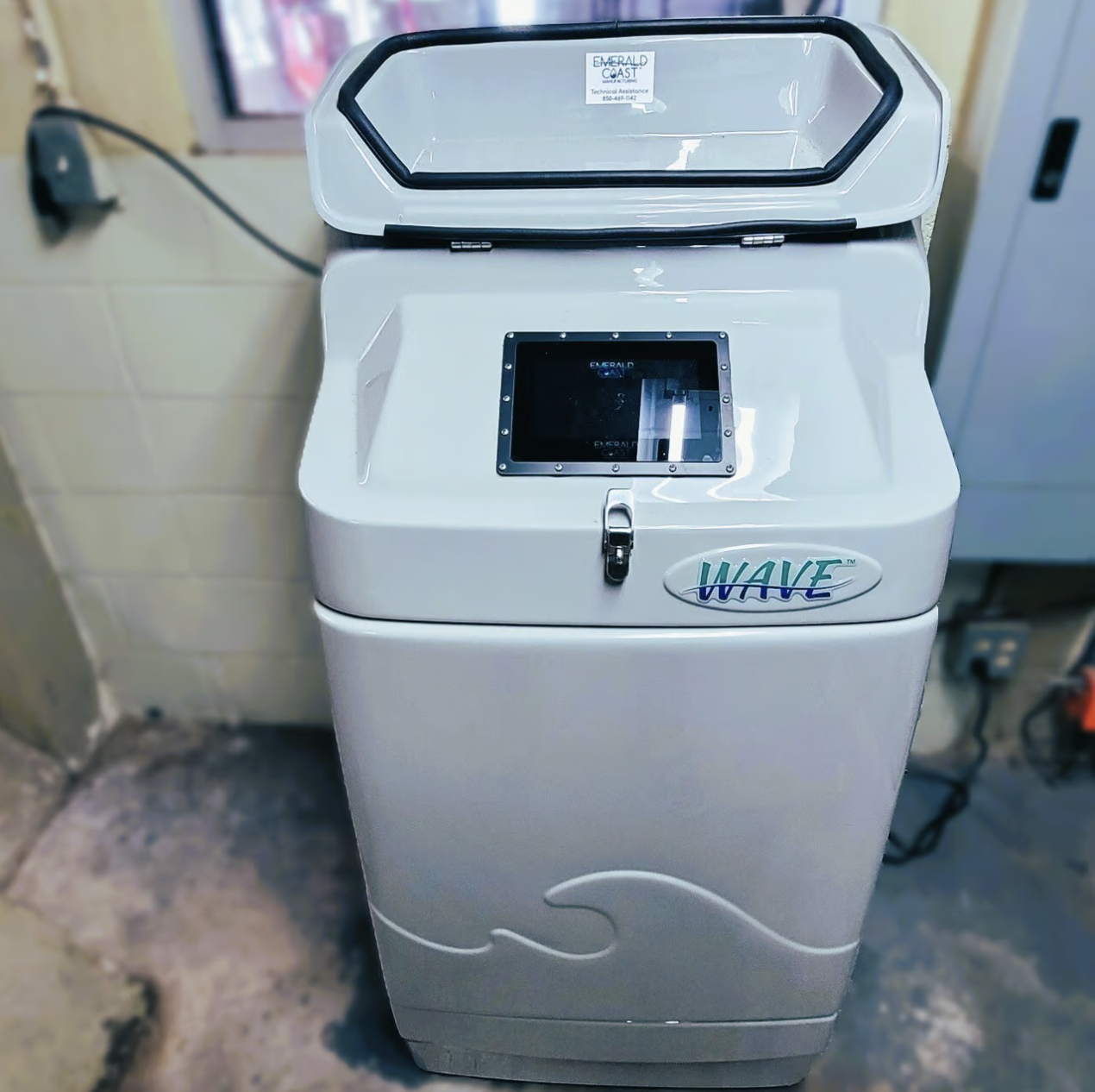Table of Contents
What is a Vacuum Wastewater Sampler?
Vacuum wastewater samplers use a vacuum/pressure pump with a solenoid valve to draw liquid into a container. To ensure the intake line is clean, the vacuum/pressure pump initially pumps air into the chamber, purging any fluid from the intake line before drawing in the liquid sample. Then, the solenoid valve energizes, and a vacuum is placed on the chamber and intake line to pull in liquid and deposit it into the sample container. By employing the vacuum sampling method, it provides a greater CFM to purge the intake line and strainer better. The higher CFM also provides higher intake line velocities. It also provides a highly accurate sample size with less maintenance.
Vacuum samplers can be placed in areas away from hazardous areas due to the ability to pull greater distances and maintain EPA-recommended line velocities.
Vacuum Sampling – At a Glance
- Flexible Programming
- Highly Accurate Volume Delivery
- Ability to Collect Extremely Small Sample Volumes
- High Transport Velocity
- Easy to Use
- Robust Mechanical Components
- Quiet While in Operation
- Fewer Parts, so Very Low Maintenance
- Powerful Purge Rate, Lowering the Risk of Intake Strainer Plugging
What is a Peristaltic Wastewater Sampler?
Peristaltic wastewater samplers use rollers that compresses a silicone pump tube, which creates pressure and or vacuum. The rollers rotate counterclockwise to create pressure down the line, ensuring the line is cleared. Then, it will rotate clockwise to create a vacuum, pulling the liquid through the pump tube and delivered to the sample container. Then, it rotates counterclockwise to purge the intake line. All samples volume sizes are based on the number of pump revolutions.
Peristaltic Sampling – At a Glance
- Flexible Programming
- Volume (based on pump revolution counter)
- Easy to Use
- Quick Pump Tubing Replacement
Which Option is Best?
When it comes to deciding between a vacuum or peristaltic sampler, it’s important to choose a solution that will stand the test of time. Here are some questions to ask yourself when choosing between a peristaltic or vacuum sampler:
- Can it withstand environmental factors? (ex: extreme heat, extreme cold)
- Will it produce accurate results every time?
- Are the results reliable?
- Can I control sample sizes and programming?
- Does the velocity and sample size stay consistent?
- How often does it require maintenance?
- How often will I need to replace the parts?
- What is the annual maintenance operation cost, including labor?
- Does the manufacturer offer a warranty?
- Does the manufacturer offer reliable customer service?
Have more questions about samplers? We can help. Click here to get connected with a sampling expert.




